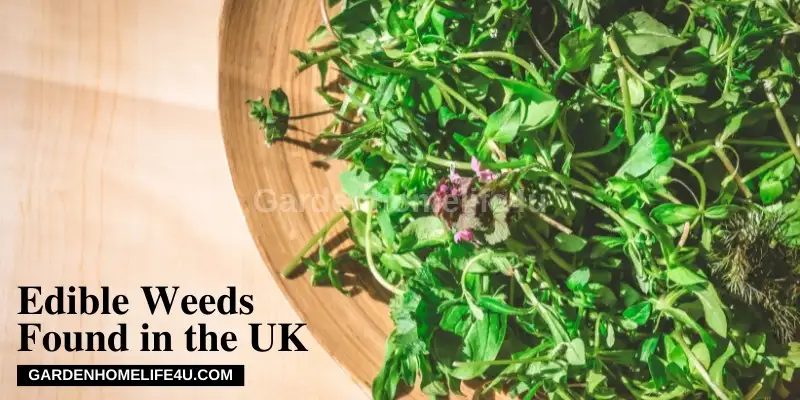The lush and diverse landscapes of the British countryside hold a hidden treasure of edible delights, often disguised as common weeds. These plants, which often go unnoticed or misunderstood, possess culinary potential and nutritional value that can be tapped into by adventurous foragers and nature enthusiasts. In this article, we invite you to embark on a journey of exploration as we uncover the edible weeds that thrive in the bountiful countryside of the UK. From the vibrant dandelion and nutritious nettle to the delicate chickweed and versatile wild garlic, we will shed light on these often-overlooked plants and their culinary uses. Join us as we shed light on the fascinating world of wild food, learn about the identification, harvesting, and preparation of edible weeds, and discover the unique flavors and sustainable possibilities they offer. Get ready to embark on a wild harvest adventure, where the British countryside becomes a pantry of delectable surprises.
Dandelion 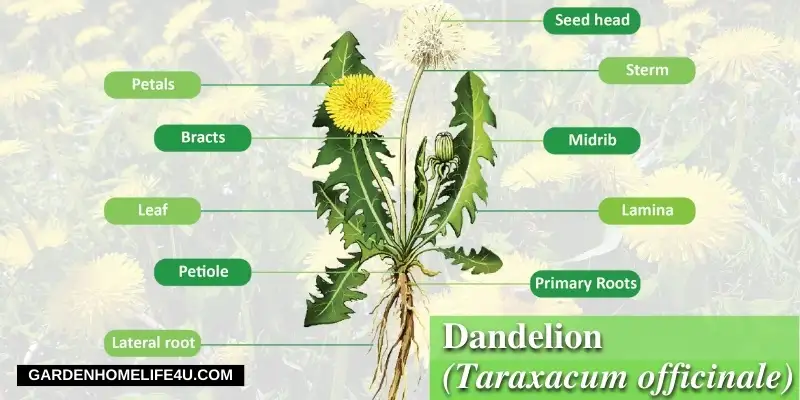
Dandelion (Taraxacum officinale) is a perennial herb native to Europe and North Africa. It has bright yellow flowers and jagged leaves with deep lobes. Dandelion is a weed of lawns, gardens, and parks. It can also be found in disturbed sites such as roadsides. it is very very common in Europe, especially in the UK, spread super fast, and is very hard to kill. They can take over a garden simply in a couple of months.
Pineapple weed 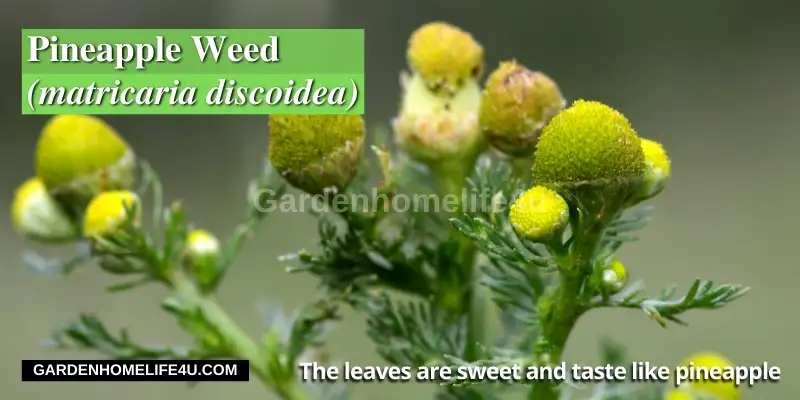
Pineapple weed is a common plant in the UK. It grows wild and is edible, but it can also be cultivated to make teas and salads. The leaves are sweet and taste like pineapple, hence the name – they’re also sometimes called wild chamomile because of their resemblance to that herb. Pineapple weeds are native to Britain!
fat hen
Fat hen is a perennial weed that’s often found growing in waste areas and along roadsides. Its leaves and flowers are edible, so you can use them in salads, soups, and stews.
Queen anne’s lace 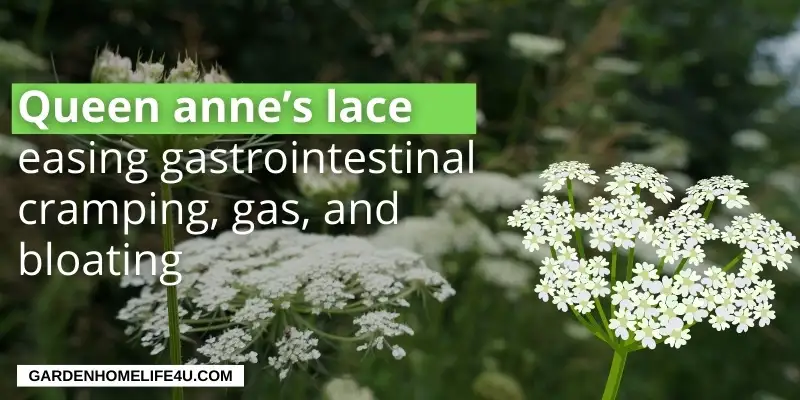
Queen anne’s lace (Daucus carota) is a wild carrot, identifiable by its leaves that grow in a rosette pattern. It is not related to the cultivated carrot and should not be eaten raw because it contains toxic alkaloids. However, it can be used as a substitute for parsley or coriander in cooking. Queen anne’s lace has been found to contain high levels of vitamin A, vitamin C, and calcium as well as iron which makes it suitable for use as a medicinal herb.
Purslane – Pigweed
Purslane is a succulent weed that’s common in gardens, fields, and wastelands. It has many other names – purslane, pigweed, portulaca, moss rose, and little hogweed – but they all refer to the same plant.
Purslane lives on any kind of moderately moist ground, including lawns and paths. It grows low to the ground with leaves that look similar to those of spinach or beetroot. The flowers are small pinkish-red spots arranged in clusters on top of each leaf stalk.
They also have tiny hairs on their stems called trichomes that help protect against insects eating them away from underneath by getting trapped between these two layers! This can make some foods taste bitter or unpleasant when eaten raw though so always wash thoroughly before using!
Sheep Sorrel (Rumex acetosella) 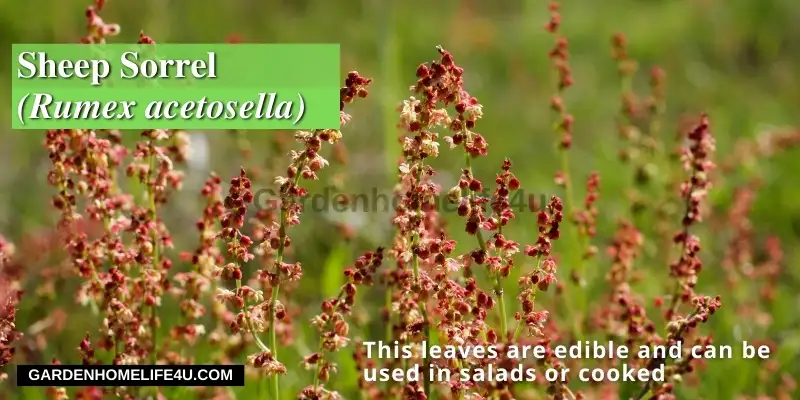
You might know this common weed as sheep sorrel, but its scientific name is Rumex acetosella. The leaves are edible and can be used in salads or cooked. The leaves are quite sour, so they make a nice addition to your salad bowl if you’re looking for something different.
Chickweed 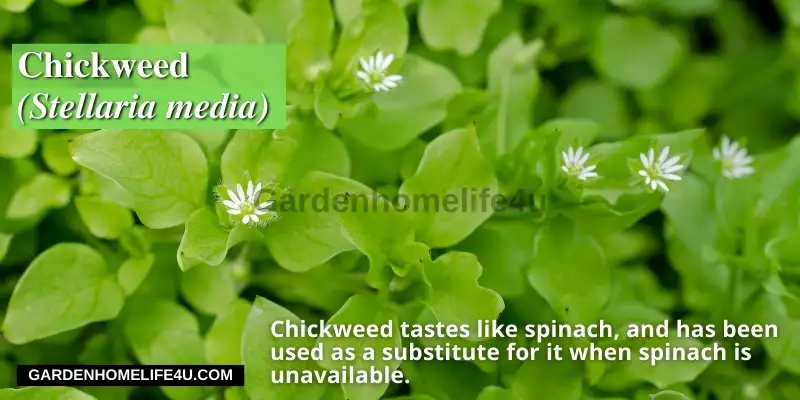
Chickweed is a common weed that grows in lawns and gardens. It’s edible, but should be eaten with caution as it can cause a mild rash or stomach upset if you eat too much of it. Chickweed tastes like spinach and has been used as a substitute for it when spinach is unavailable. Chickweed can be used in salads, soups and stir fries. It makes an excellent sandwich filling too!
Nettles 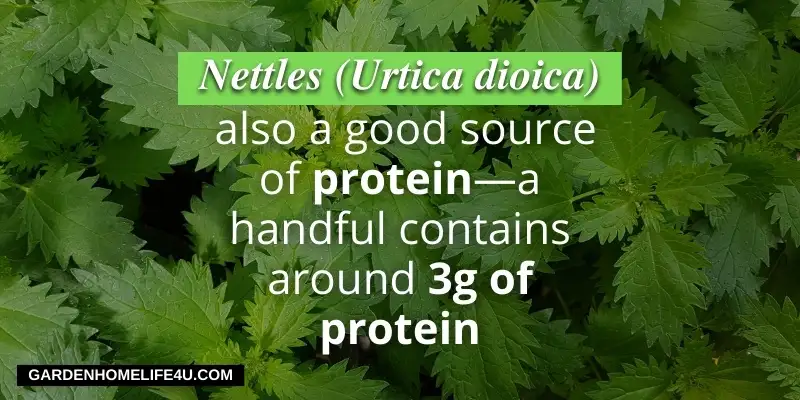
Nettles are a common weed that grows in fields and gardens throughout the UK. They have a distinct bitter taste and are high in vitamins and minerals like calcium, iron, magnesium, and potassium.
It is that plants we all hate, a little touch to it can cause rashes and itches which can last for days, however when handled carefully these plants are edible.
Nettles can be cooked in a variety of ways: try steaming them with garlic butter or sautéing them in olive oil with lemon juice to make this tasty side dish.
Ground elder 
Ground elder also called bishop’s weed, is a common plant that grows across the UK. It has a celery-like taste and can be used in salads or soups.
Ground elder can also be used as a substitute for celery; it makes an excellent addition to pesto, stir-fries, and curries.
Sow thistle 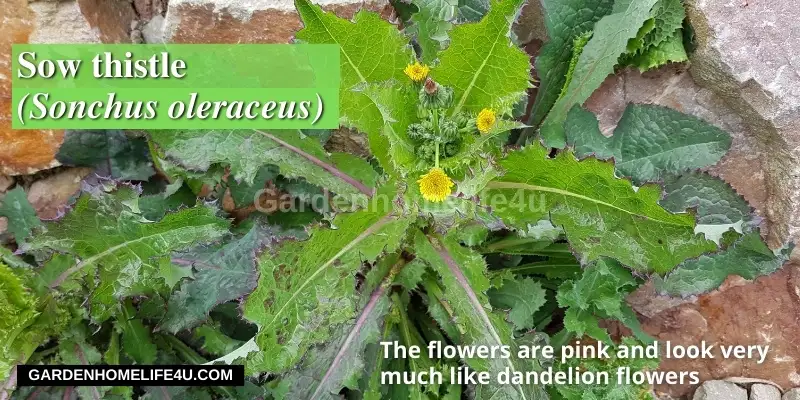
Sow thistle (Sonchus oleraceus) is a biennial weed, with leaves similar to those of lettuce. The flowers are pink and look very much like dandelion flowers.
Sow thistle is edible and contains calcium, magnesium, iron, and zinc. It can be used in salads or sandwiches – the stem tastes milder than the leaves, or you can use it as an ingredient in stir-fries or make herbal medicine from the roots.
Wood Sorrel 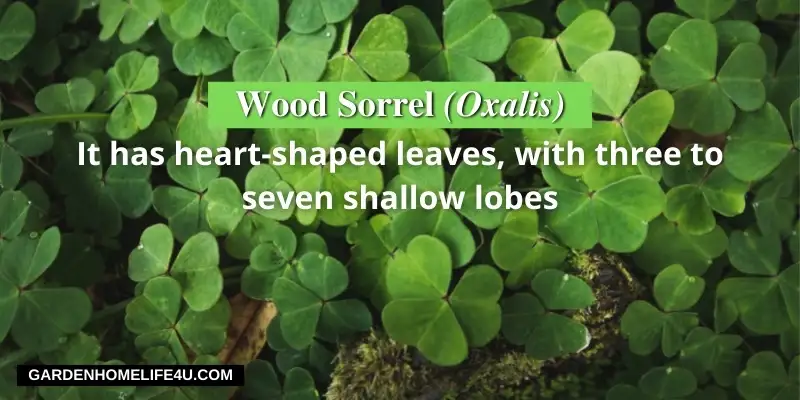
Wood sorrel is a common weed that grows in lawns and gardens. It has heart-shaped leaves, with three to seven shallow lobes. The stem of wood sorrel is long and thin with whitish hairs at the base.
In spring, it produces white flowers with five petals; these grow on stalks known as pedicels that are about 2cm long. You can eat the young shoots raw or cooked – they taste like spinach! Wood sorrel leaves can also be used in salads if you cut them small enough, but they have a very sharp flavour so you need to mix them with milder greens such as lettuce or rocket (arugula).
When picking wood sorrel plants, make sure there are no signs of disease such as moldy spots on the leaves or stems; if there are any insects present on your plant then don’t pick it – these could spread disease to other plants nearby!
Garlic mustard 
Garlic mustard is a biennial plant that grows up to 3 feet tall and has a strong garlicky taste. Garlic mustard can be used in salads, stews, and soups. It’s also used to make pesto.
Plantain Weed
The plantain is a perennial herb that grows in most parts of the world and has been used for medicinal purposes since ancient times. It contains many vitamins, minerals, and antioxidants.
Common plantain and ribwort plantain are two subspecies of greater plantain that occur in the UK. Common plantain has been introduced into North America from Europe and is also found in many other parts of the world.
Greater plantain has been used as a food source for centuries. The leaves are edible raw or cooked and can be used in salads or stir-fries.
Curly Dock
Curly dock is a weed found commonly in the UK and considered edible. It can be used as a leafy green vegetable or a dried herb and is best eaten in spring and summer.
The plant has a round, fleshy stem that grows up to 1 meter (3 feet) tall with long, deep green leaves that curl back to form a tube shape when they reach full size.
Broad Leaved Dock
The broad-leaved dock is a very common weed in the UK, found in damp areas, especially near river sides. They re very easy to recognize as they have probably the broadest of oval-shaped leaves. They are also edible.
The broad-leaved dock is a perennial plant that grows up to 60 cm tall. It has long stalks with leaves that are oval-shaped but can be up to 1m long and wide. The leaves have smooth edges and grow from their base.
They have oval-shaped leaves that may be as wide as 10 cm across, and are also edible, although better consumed as cooked. and can be used in salads or cooked as a vegetable.
A common perception about broad Leaved Docks is that they can alleviate and sooth nettle weed touch-induced rashes and itch. we have tried it first hand and stand by it 🙂
These weeds are edible and can add interest to your meals. 
Edibles can add interest to your meals and make them healthier too. They can be used in salads, sandwiches (think rocket pesto on rye bread), and smoothies. They can also be cooked in soups, stews, and casseroles. Some edible weeds will add a nice kick when used in pesto or other pesto-based sauces.
However, We still caution you that you exercise great care when picking and consuming wild edible plants.
Conclusion
We have highlighted and shed light on some edible weeds found in the UK, however before you enjoy them we advise you to be cautious and do your full research before consumption.
Remember, some of these weeds can be toxic even if they’re cooked. Always research your weeds before cooking them and make sure you know what you are doing!

